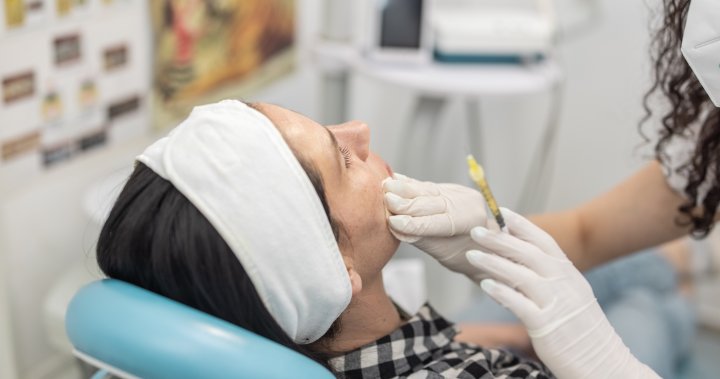For many of us, it’s a habit that has long since been drilled into our heads: close the toilet lid before you flush.
Though it’s been said that closing the lid will stop tiny fecal particles from spreading across your bathroom, a new peer-reviewed study published in the American Journal of Infection Control is now claiming the positioning of a toilet’s lid really doesn’t make much difference at all.
According to the study, potentially dangerous germs may spread to your bathroom’s surfaces — including countertops, floors and the toilet’s rim — after flushing regardless of whether the lid is up or down. (The study did not examine airborne particles.)
An important caveat: the research was funded by a grant to the University of Arizona from Reckitt Benckiser, a consumer goods company that produces hygiene products, including Lysol. Two of the study’s authors are also engaged in research and development for Reckitt Benckiser, as per a conflict-of-interest disclosure.
In a press release, Charles P. Gerba, a senior author of the study and professor of virology at the University of Arizona, said closing the toilet lid has “no meaningful impact on preventing the spread of viral particles.”
Get the latest National news.
Sent to your email, every day.
Gerba and his co-authors found the best way to prevent pathogen transmission for diseases, including norovirus, is to disinfect the toilet bowl and water with a cleaning agent and a brush on a regular basis. The study also recommended that bathroom surfaces be frequently disinfected.
To complete their study, Gerba and his team examined two toilets: a public, tankless one in office building and a privately owned, residential throne.
The researchers added a surrogate for various human intestinal viruses into the toilets before a flush. Then, they measured the rate of contamination on the toilet and nearby surfaces after about one minute post-flush.
Though there was apparently little difference in the rate of contamination when the lid was up vs. down, a closed lid did change the “trajectory of the aerosol plume contamination.” The study claimed a closed lid sent more germs to the front and the left of the toilet, as opposed to the right side.
In each case, the greatest levels of contamination were found on the toilet seat. The study did not specify how often a toilet should be cleaned with germ-killing disinfectant and a brush.
Gerba said the results of the study are perhaps most eye-opening when it comes to the use of bathrooms in health-care settings such as hospitals, where immunocompromised patients may be more at risk of infection or disease.
This study is not the first into what happens to fecal particles after a whooshing flush. In 2022, researchers were able to visualize the spread of airborne particles when a public, lidless toilet is flushed. The study found aerosols containing infectious diseases including SARS-CoV-2, influenza and norovirus could plume several feet from the toilet after a flush — and can remain in the toilet bowl after dozens of flushes. The study also discovered some smaller particles could linger in the air for many minutes.
Regardless of whether you leave the lid up or down, if you keep your toothbrush out on the countertop near your toilet, you might want to consider putting it away — or at least purchasing a protective cover.
© 2024 Global News, a division of Corus Entertainment Inc.




